hidden
-
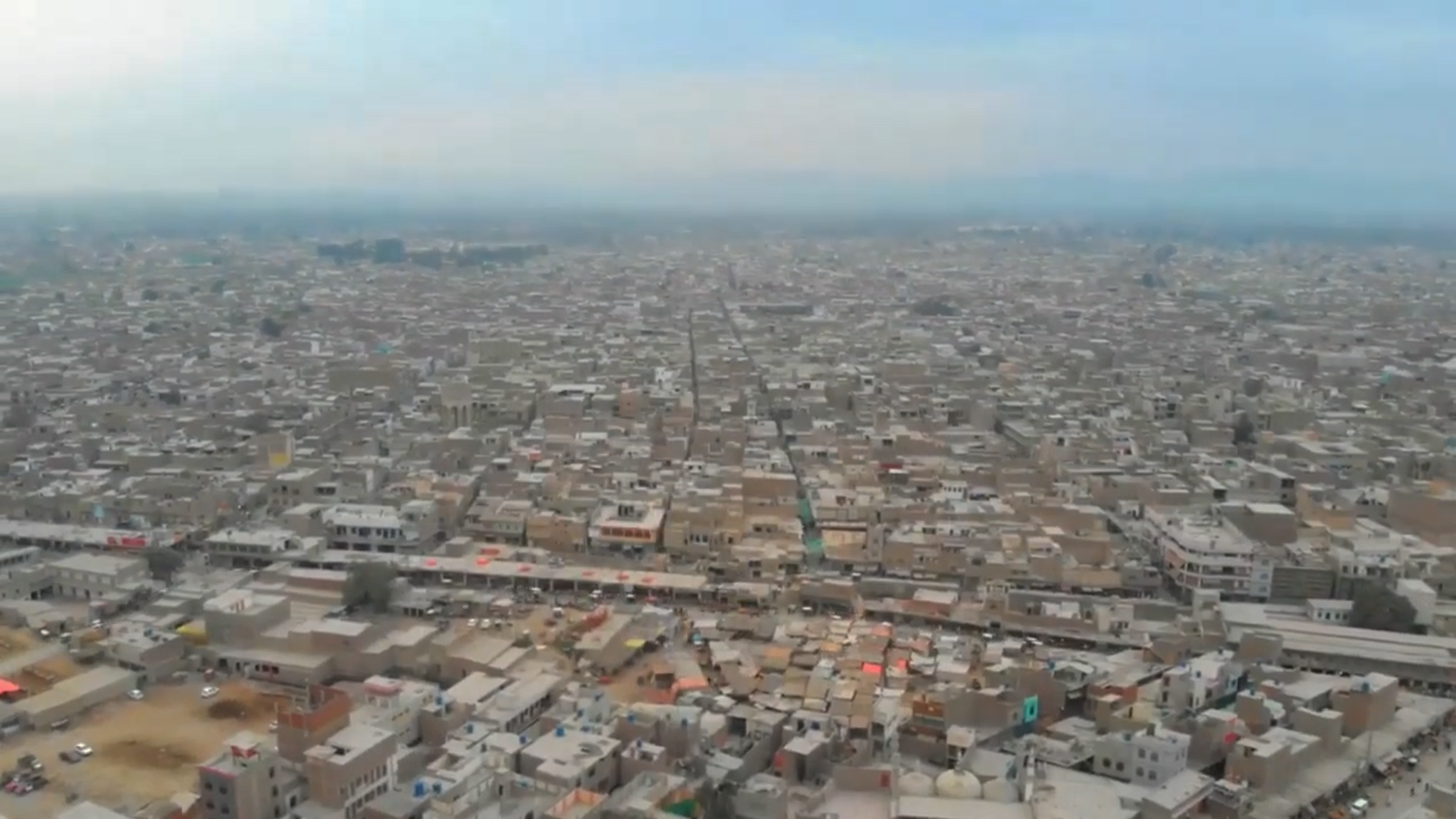
The Historical Place
BANNU
District of Khyber Pakhtunkhwa
It was once a celebrated tradition and cherished legacy of the Deputy Commissioners in the pre-partition era to document the details of their districts by compiling District Gazetteers. They used to undertake such an arduous task without any computers or means of technology to facilitate them. A gazetteer was considered the most authentic document of a district containing information about its history, people, culture, geography, revenue collection, and issues. These gazetteers compiled during the British era hold great value even today for historians, civil servants and members of the academia. The practice of writing gazetteers continued for some years after partition but gradually withered away over time. Now-a-days, when the office of the Deputy Commissioner has been entrusted with a multitude of responsibilities and workload, the demanding task of writing a comprehensive gazetteer has naturally taken a back seat. As a result, this novel tradition has been lost in the sands of time. The District Administration Bannu has tried to redeem this lost tradition in the province of KPK. This is the second gazetteer produced by a Deputy Commissioner of Bannu since the district was founded in 1848. It is after 138 years that an effort has made been to update the gazetteer of Bannu (the previous gazetteerwas published in 1883). The task of collecting the necessary details for this endeavor has been an exceedingly difficult and laborious one. All the three Settlement Reports of Bannu (published in 1872, 1907 and 1991) were consulted while the statistical data on various subjects was supplied by the District and Provincial Offices of different line departments, and Pakistan Bureau of Statistics.
Different stories are recorded in history regarding the origin of the name "Bannu". In 645 CE, on his return journey from India, the Chinese pilgrim Xuanzang paused in a city he called Banna. According to another account, Bannuchis are the descendants of Shah Farid who was also called Shittak, and Bannu was the name of one the wives of Shittak. Some Bannuchi clans still preserve to this day their table of descent from Shittak. This account, however, does not go well with the culture of Pashtuns who normally do not identify their lineage with a women. After British annexation, the city was named Daleep Nagar in 1848 after Maharaja Daleep Singh – the ruler of Punjab at that time. In 1869, the name was changed to Edwarsabad to honor Sir Herbert Edwards (the first British Political Agent in the District). In 1903, the city was finally renamed as Bannu.
Bannu has a total area of 1227 sq.kms with a population size of 1,167,892 which comprises of 51% (approx.) male and 49% female population. The area has seen a population growth of approximately 72%in the last 19 years. The economy of Bannu has potential to develop on multiple sectors. Chief among them are Manufacturing, Agriculture and Dairy and Livestock. In Agriculture, this district produce enough cereal and pulses to have Agro Based Industry of its own. Similarly, with over 540 million liters of annual milk production, there is ample cause for local or multinational dairy company to setup its plant here. In addition to these aforementioned sectors, Transportation and Hydrocarbon development can also support Bannu’s growth in the long run.
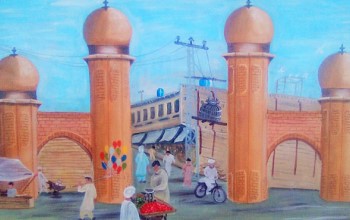
The British built a wall around the Bannu city with several gates in every direction. The city gates were called Lakki Gate, Paraiti Gate, Qasabaan Gate, Mandan Gate, Sokari Gate, Hanjal Gate, Miryan Gate and Railway Gate...
Read More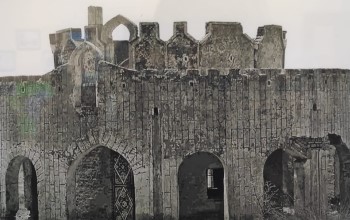
The city gates are called Lakki Gate, Parady Gate, Qasbaan Gate, Mandaan Gate, Sokari Gate, Hinjaal Gate, Miryan Gate and Railway Gate, much like the wall and gates of Lahore. There are several famous markets and ...
Read More
The rail line was originally built by NWR as the Trans–Indus Railway in 1913, which extended from Kalabagh station to Bannu station, which today is part of the Daud Khel–Lakki Marwat Branch Line. The line was then ...
Read More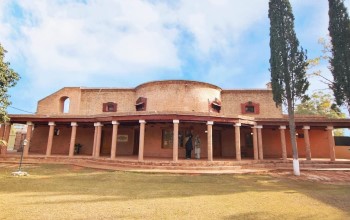
Brigadier General John Nicholson was born in Dublin 1822. He joined East India Company in 1839 and arrived in Calcutta at the age of 17. During the next 18 years, Nicholson established his name as one of the finest ...
Read More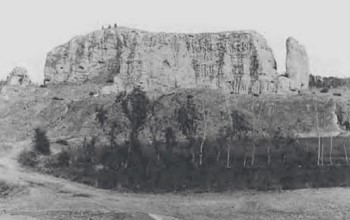
Akra is a Greek word which means “High Place”. The ruins of Akra are spread over an area of 33 acres located 12 km south-east of Bannu City on the Larai Nullah in Baraat village. Excavations of Akra under Bannu ...
Read More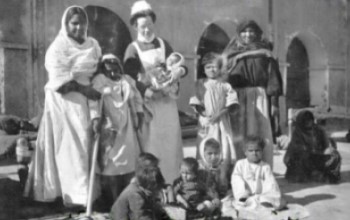
Pennell built a small hospital at Bannu with his mother's money. In 1895 he opened a mission boarding school. Several Muslim inquirers showed an interest in in baptism, but faced great opposition from relatives ...
Read More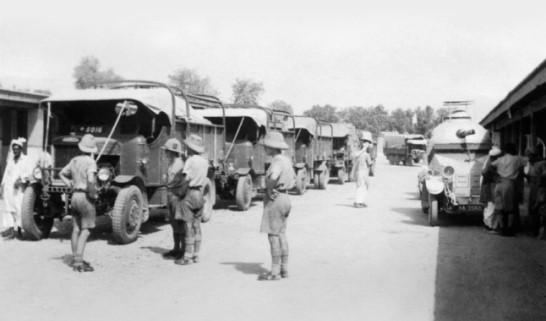
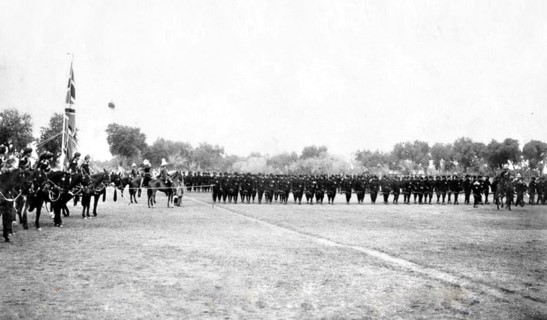
Arrival of Sir Herbert Benjamin Edwards Soon after the end of the 1st Sikh war, the Council of Residency which had been appointed under the control of a British Resident to administer Punjab during the minority of the Maharaja Dalip Singh, drew the attention of their Resident Sir Henry Lawrence to the outstanding revenue of Bannu. He sanctioned the dispatch of a Sikh Regiment under the command of an English Officer Lieutenant Sir Herbert Benjamin Edwards to conciliate the Bannuchis for a peaceful and just treaty. He was authorized to use force to compel the payment if deemed necessary. Edwards crossed the Indus near the end of winter and had a six-week stay in the Bannu valley. According to the first Settlement Report, little revenue was collected during this visit. However, it yielded many other important benefits such as a complete reconnaissance of the district, etc. In the cold season of 1847-48, Lt. Edwards returned and, crossing the Kurram at Lakki Marwat, marched on the left in the Waziri Thal, where he was joined by a column from Peshawar under Lt. Tailor. The two Officers pitched their camp at Jhandu Khel. The Bannuchi elders came up and tendered their submission without any resistance. The Ulemas/Syeds remained aloof watching the result of the Waziri Jirga. Eventually, the Jirga also announced its submission and so did the Ulemas and Syeds. Thereafter, Lt. Edwards chalked out the road through Bannu valley for Marwat area and selected a place for the construction of a fort. Consequently, the Sikh Regiments were entrusted with the construction of the fort named “Dalip Garh Fort” after the Maharaja. Read more
The Ghulam Haider Khan, known as Khan Bahadur in the area, was the main landlord of Bannu before partition. Khan Bahadur's family was awarded large grants of land in the area. His village soon became the center of trade and commerce in the district. Little did the British know that less than hundred years after creating the city that the man they counted on most for support would help overthrow the British government. Khan Bahadur joined the All India Muslim League along with other notable family members including his son-in-law Malik Damsaz. Damsaz Khan’s family owns a vintage 90-year-old vintage car (a 1928 Ford Model A) which they claim was included in the convoy for Quaid-e-Azam Mohammad Ali Jinnah when he visited Bannu in 1948. To honor the contributions of Damsaz Family to the cause of Pakistan, an entire market as well as a recreational complex in Bannu Cantonment have been named after Damsaz Khan.

Dr. Shahzad Khan Bangash

Mr. Shahab Ali Shah
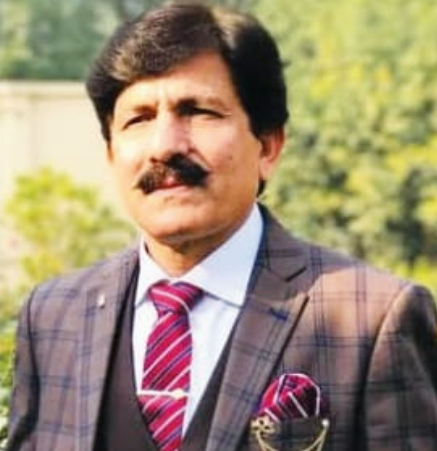
Mr. Shaukat Ali Yusafzai
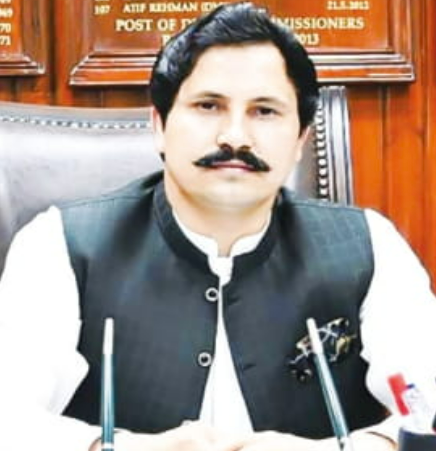
Capt ® Muhammad Zubair Khan Niazi